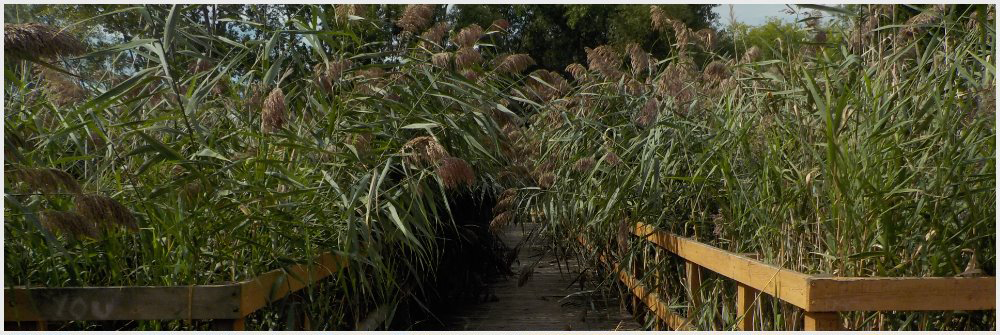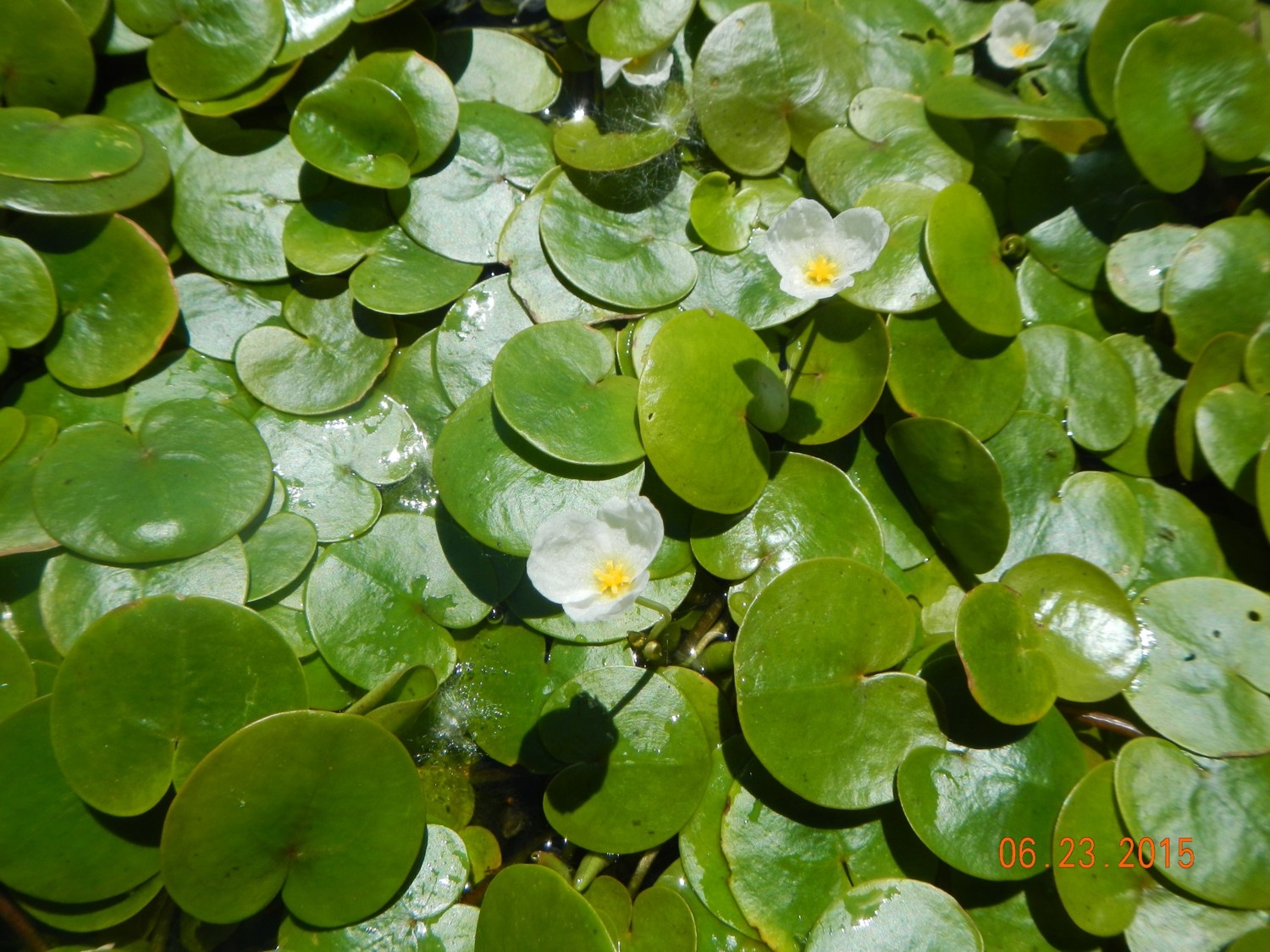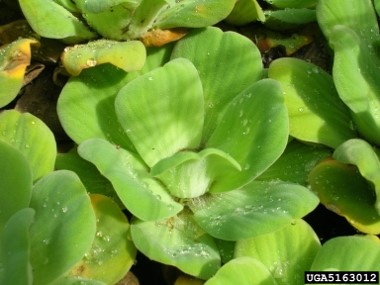Saginaw Bay Watchers
About

- Economic impacts:
- Reduces property values and blocks views of lakes and wetlands
- Reduces recreational values due to limited access to coastal areas and restricted views
- Public safety impacts:
- Increases fire hazard
- Blocks road views
- Environmental impacts:
- Shades out and replaces native coastal and wetland plants
- Degrades wildlife habitat and reduced species diversity
- Alters hydrology by increasing evaporation and trapping sediment
How Can I Help?
1) We need your help in reporting locations of invasive phragmites, especially new or expanding stands of phragmites through the Midwest Invasive Species Information Network (MISIN). Land managers, including the Saginaw Bay Cooperative Invasive Species Management Area (CISMA) use this information to put together their yearly management plans and are currently undertaking a massive effort to treat phragmites. It is easy to report your observations through MISIN and all of the information is available to the public. To create an account so you can report invasive species please complete the following information. MISIN ACCOUNT LOG-IN
2) We need you to keep an eye out for new invasive species that have begun invading Saginaw Bay and that might colonize areas where phragmites is being treated. If you notice new invaders please report these observations through MISIN. The following four species have been noted along the Saginaw Bay and should be reported as soon as possible so that land managers can put a treatment plan together.




